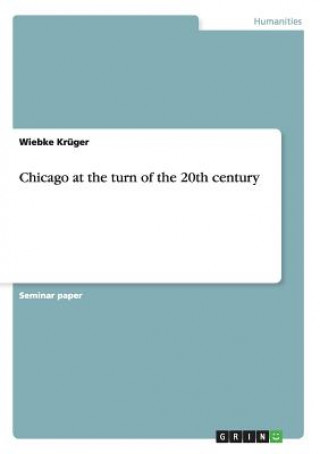
Kód: 01597920
Chicago at the turn of the 20th century
Autor Wiebke Krüger
Seminar paper from the year 2004 in the subject Cultural Studies - Empiric Cultural Studies, printed single-sided, grade: 1,3, Johannes Gutenberg University Mainz (Angewandte Sprach- und Kulturwissenschaft), 21 entries in the bibl ... celý popis
- Jazyk:
 Angličtina
Angličtina - Vazba: Brožovaná
- Počet stran: 28
Nakladatelství: Grin Publishing, 2007
- Více informací o knize

Mohlo by se vám také líbit
-

McRae
1232 Kč -

Conflict-Related Violence against Women
1251 Kč -

Pearson Primary Progress and Assess Teacher's Guide: Year 6 Maths
782 Kč -

After the Light
495 Kč -
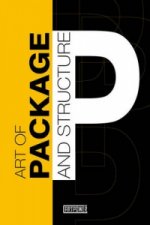
Art Of Package And Structure
1644 Kč -

Russian Army of the Napoleonic Wars
442 Kč -
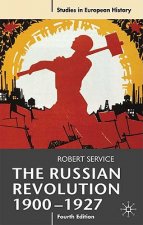
Russian Revolution, 1900-1927
1055 Kč -

Craftsman
303 Kč -

Basic Principles of Civil Law in China
5755 Kč -

Monster Musume
320 Kč -

Mallarme, Manet and Redon
947 Kč -

Serotonin
6578 Kč -

Dárkové kytice
50 Kč -

AMIS ET COMPAGNIE 1 CD/3/ AUDIO CLASSE
1514 Kč
Dárkový poukaz: Radost zaručena
- Darujte poukaz v libovolné hodnotě a my se postaráme o zbytek.
- Poukaz se vztahuje na celou naši nabídku.
- Elektronický poukaz vytisknete z e-mailu a můžete ihned darovat.
- Platnost poukazu je 12 měsíců od data vystavení.
Více informací o knize Chicago at the turn of the 20th century
Nákupem získáte 102 bodů
 Anotace knihy
Anotace knihy
Seminar paper from the year 2004 in the subject Cultural Studies - Empiric Cultural Studies, printed single-sided, grade: 1,3, Johannes Gutenberg University Mainz (Angewandte Sprach- und Kulturwissenschaft), 21 entries in the bibliography, language: English, abstract: When reading about Chicago at the Turn of the 20th Century, you always come across great changes and new developments in the means of transport, building and the stockyards; therefore, it can be assumed that these three fields influenced and shaped Chicago more than anything else in this period.The first chapter deals with the mostly very difficult daily life of Chicagoans, their cost of living and the wages they earned at that time; besides that, a passage will be dedicated to people s health conditions. Here, the focus lies on the poorer class of society which to a great extent consisted of immigrants who came to Chicago from all over the U.S. and Europe looking for jobs and hoping for a better life. When reading about the daily life of people it is very likely to come across the name Jane Addams, who helped the poor, and her Hull House.The second chapter is about the means of transport, especially about the importance of the railroad that made it possible for the city to have a great economic growth and provided an access way to the city for the many immigrants arriving in town. Moreover, the invention of the elevated railroad is mentioned and the changes in local transport that resulted from it.In the third chapter, Chicago s development in building is described. Due to the fact that the city was growing very quickly, people needed cheap houses that were easy to build. After the Great Fire of Chicago in 1871, architects from all over the country came to Chicago to rebuild what had been destroyed in the city center. Their greatest innovation was the modern skyscraper. Furthermore, there were two major building projects in Chicago at the turn of the century, the White City for the World s Columbian Exposition in 1893 and the Plan of Chicago.The third very important fact about the Chicago of the time, the stockyards, is described in chapter four. The stockyards are typical for this city and offered to thousands of Chicagoans a possibility to find work; they were also in every one s minds when thinking of Chicago and are representative for the problems of urban industrialization of that time.Chapter five gives an overview of an important event that ended tragically in 1886, the Haymarket Riot, during which workers went out on strike for an eight-hour working day.The last chapter deals with the name Pullman that has various meanings: a town, a railroad car, an industrialist.
 Parametry knihy
Parametry knihy
Zařazení knihy Knihy v angličtině Society & social sciences Society & culture: general Social groups
1022 Kč
- Plný název: Chicago at the turn of the 20th century
- Autor: Wiebke Krüger
- Jazyk:
 Angličtina
Angličtina - Vazba: Brožovaná
- Počet stran: 28
- EAN: 9783638740562
- ISBN: 3638740560
- ID: 01597920
- Nakladatelství: Grin Publishing
- Hmotnost: 50 g
- Rozměry: 210 × 148 × 3 mm
- Datum vydání: 05. October 2007
Oblíbené z jiného soudku
-

Women Who Run with the Wolves
238 Kč -

Freedom Writers Diary
389 Kč -

Think Like a Monk
283 Kč -

Orientalism
323 Kč -
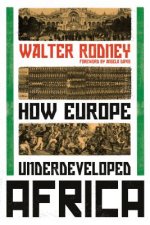
How Europe Underdeveloped Africa
514 Kč -

Desert Flower
278 Kč -

Why Does He Do That?
427 Kč -

Letters to a Young Muslim
303 Kč -

Eros and Mysteries of Love
423 Kč -

Puer Tea
937 Kč -

Life After Darkness
520 Kč -

Womanhood
544 Kč -

JFK - 9/11
738 Kč -

Complete Book of Pilates for Men
447 Kč -

Gypsy Identities 1500-2000
1666 Kč -

Servitors of Empire
498 Kč -

Sword of No-sword
646 Kč -

Colloquial Yiddish
1683 Kč -

Gerotranscendence
3525 Kč -

Northwest Coast Indian Art
732 Kč -

Qur'an
811 Kč -
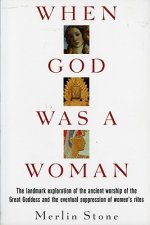
When God Was A Woman
493 Kč -

The Mastery of Love
309 Kč -

Vintage Menswear
456 Kč -
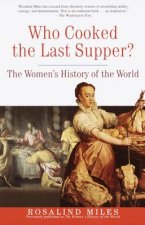
Who Cooked the Last Supper?
427 Kč -

Women Who Run With The Wolves
433 Kč -
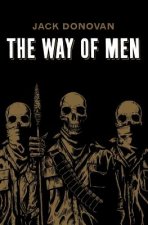
The Way of Men
342 Kč -

The Autobiography of Malcolm X
227 Kč -

Second Sex
284 Kč -

Goddesses in Everywoman
303 Kč -

Talking with Female Serial Killers - A chilling study of the most evil women in the world
276 Kč -

Intellectuals and Society
538 Kč -

Women in the Qur'an
480 Kč -

Erotic Bondage Book
364 Kč -
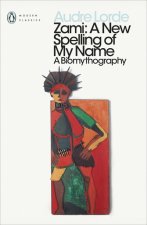
Zami
291 Kč -

Nine Years among the Indians, 1870-1879
615 Kč -

Dark Emu
410 Kč -

Childhood and Society
394 Kč -
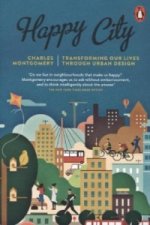
Happy City
303 Kč -

The Male Nude
505 Kč -
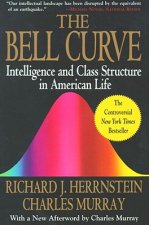
The Bell Curve
464 Kč -

We Should All Be Feminists
196 Kč -

Empire of the Summer Moon
357 Kč -

Radium Girls
276 Kč -

Dance of Anger
276 Kč -

Beauty Myth
357 Kč -

Muqaddimah
540 Kč -

TROUBLEMAKER
376 Kč -
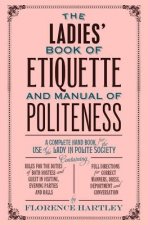
Ladies' Book of Etiquette and Manual of Politeness
379 Kč
Osobní odběr Praha, Brno a 12903 dalších
Copyright ©2008-24 nejlevnejsi-knihy.cz Všechna práva vyhrazenaSoukromíCookies



 Vrácení do měsíce
Vrácení do měsíce 571 999 099 (8-15.30h)
571 999 099 (8-15.30h)